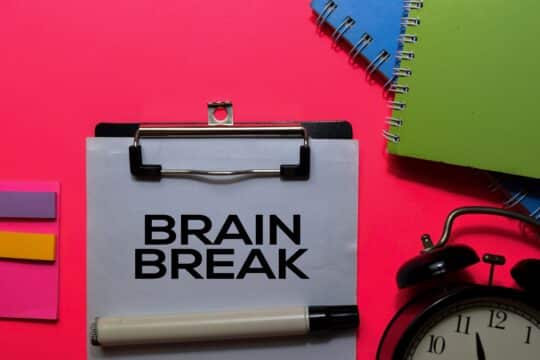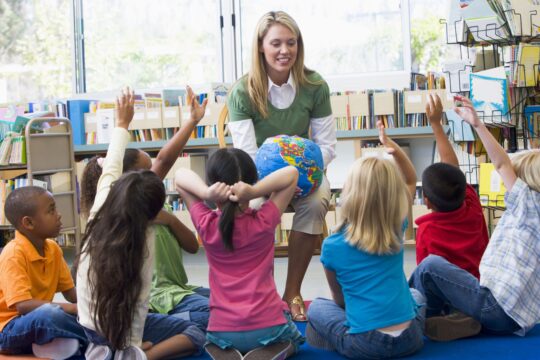�������ٴǻ岹��’s��,��art remains an��important��component of student development.��Despite often being the first to��be cut��from the curriculum in some schools, dismissed as a luxury, or merely a source of fridge-worthy projects, art education holds profound benefits.
From fostering cognitive abilities and emotional resilience to enhancing academic performance and learning lifelong skills, art class provides much more than��just��a creative outlet. Here,���ɱ�’l����explore why art class is��so��essential and how to make it more accessible to all students.��
Cognitive Skills��
Art classes play a critical role in developing a��student’s��cognitive skills. They encourage creativity, allowing students to express themselves in a different way other than writing. This freedom promotes innovative thinking. It also helps to develop��students’��critical thinking skills.
As students look at their work and that of their classmates, they learn to observe, analyze, and make judgments,��which are��all valuable skills students will use in all aspects of their lives. Art classes can also enhance�����ٳܻ��Գٲ�’��visual-spatial skills.��When students are drawing, painting, or creating��sculptures��they need to understand space and perspective��which��are skills they need if they ever go into fields like architecture or engineering.��
Social-Emotional Learning
Art class extends beyond a��student’s��cognitive development, it��can also impact their social- emotional learning. Artistic activities can tap into�����ٳܻ��Գٲ�’��feelings��so��if they have a hard time vocalizing their feelings, they may be better able to express themselves through art.��
This��can feel therapeutic and help to build their self-confidence. It can also release any anxiety and stress they may be feeling. Art can also promote empathy.��When students explore different art forms and learn different cultural and personal perspectives, they��have a better understanding of��other�����DZ����’s��experiences.��
Academic Achievement
Various studies conducted over the years have shown a correlation between and academic achievement. Reports from organizations like����and the����suggest that the arts��are linked��to improved test scores, enhanced reading and language skills, and higher rates of��going to��and completing college. Additional findings show artistic activities��enhance��memory and attention to detail. Integrating art with other subjects, referred to now as STEAM (Science, Technology, Engineering, Arts, and Mathematics)��can help make learning more relatable and deepen��students’��understanding and retention.��
Lifelong Skills
The skills learned in art class extend far beyond the classroom.���������ٴǻ岹��’s��job market creativity is valued. Employers are seeking individuals who are innovative, creative, and��who think outside of��the box. This need for creative thinking is ranked as a top skill for future professionals. Additionally, art class teaches risk-taking and resilience. By continually taking creative risks students are developing resilience which can help them with any challenges they may face in the future.��
Cultural Awareness and Appreciation
When students are engaged with art forms , they gain a deeper understanding of global cultures. They learn to respect and value different viewpoints and traditions. By creating and discussing art from various backgrounds, students dispel stereotypes and prejudices, promoting a society that is more inclusive and empathetic to others.����
Making Art Class Accessible��
Art classes are not always accessible to all students.��This��may��be driven��by socioeconomic status, school funding, or geographic location. Ensuring that every student has access to art education is crucial for a��student’s��well-rounded academic experience. Here are a few approaches to achieve this goal.��
Invest in Art��
One way to make art classes universally accessible is to invest in art ��������Ƶ. Allocate funds for basic supplies and materials that will inspire students to create��as well as��invest in professional development for teachers. Teachers��who have��a background in art education will help foster a greater appreciation for the arts among students.��
Integrate Art
Art can be integrated��into the core curriculum to ensure all students��have access to��art education.����combining��art with other core curricula can become fundamental to every��������’s��educational experience.��
Utilize Technology��
Art education can be made��more accessible through technology. Digital tools can bring art classes to children across the globe. Virtual classes mean students can learn, create, and share their work with anyone worldwide.��
Form Partnerships within the Community��
Partnerships with local art galleries and artists can provide schools with additional resources.��These partnerships��might��involve professional artists working with��students,��or collaborations with local museums that offer field trips or workshops.��Community involvement enhances the��school’s��art program and strengthens the community culture.��
Art class is a vital part of a��������’s��educational experience. It nurtures cognitive, social, and emotional skills, boosts academic achievements, makes them more culturally aware, and prepares students��with skills��they will use throughout their lives. Making art education accessible for all students should be a priority for all .��




